Creating a playbook from scratch can be a daunting task. However, regardless if offense or defense, the most critical part of information distribution is found in the...
Five Reasons You Should Use Hyper-Visuals to Engage Your Athletes
Gone are the days when a coach could stand and deliver information, assuming their athletes would be engaged and ready to learn.
65% of the population are visual learners (Zopf et al., 2004), and in a modern classroom setting, 80% of your athletes probably lean heavily into learning visually. With technology and social media infiltrating every aspect of life, a coach must keep up with the times. From Instagram to TikTok, quick visual media is what most athletes consume nowadays. Your presentations should match that.
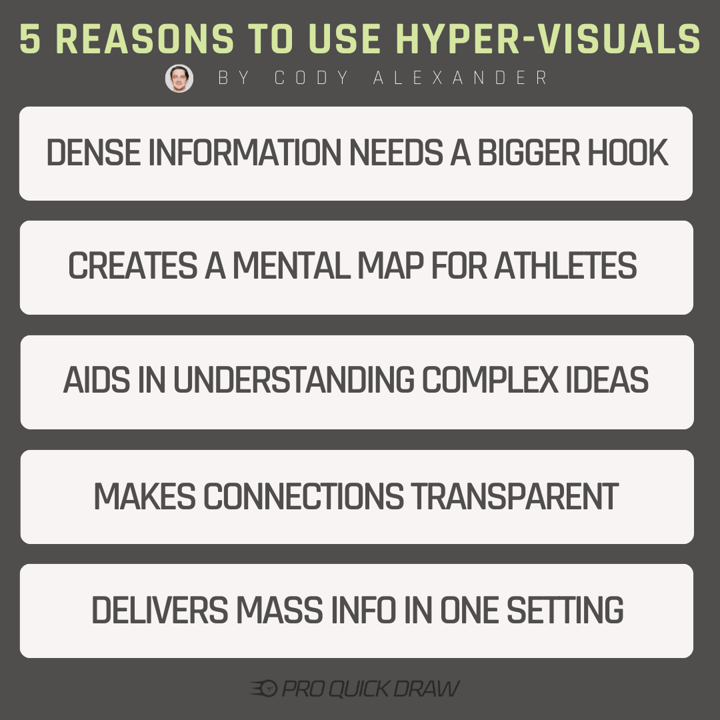
Hyper-visuals are a unique way a staff can engage their athletes while also getting complex information out in an engaging way. Educators and content creators understand "the hook," or something that will engage the audience at the beginning of the presentation, drawing their eyes in and peeking interest in the topic. Hyper visuals are a "hook" and an interactive way to teach complex concepts.
Coaches must find a middle ground when distilling information and engaging their athletes when teaching new schemes. Hyper-visuals can assist in learning concepts by bringing big picture ideas and piecing them together in one digestible setting.
Using hyper-visuals in your presentations and sharing them when not in meetings can enhance the retention of knowledge and increase engagement. In addition, your athletes are hooked to social media, so why not formulate content that matches what they see daily? Here are five reasons to use hyper visuals to teach your complex schematics.
1) DENSE INFORMATION NEEDS A BIGGER HOOK
Since we have already established that most of your athletes are visual learners, creating a visual way to teach your complex schemes would be in your best interest. As a coach, you need to draw your players in and get them excited to learn about the new information they are about to learn. Utilizing a hyper-visual as a hook can help bring your audience in.
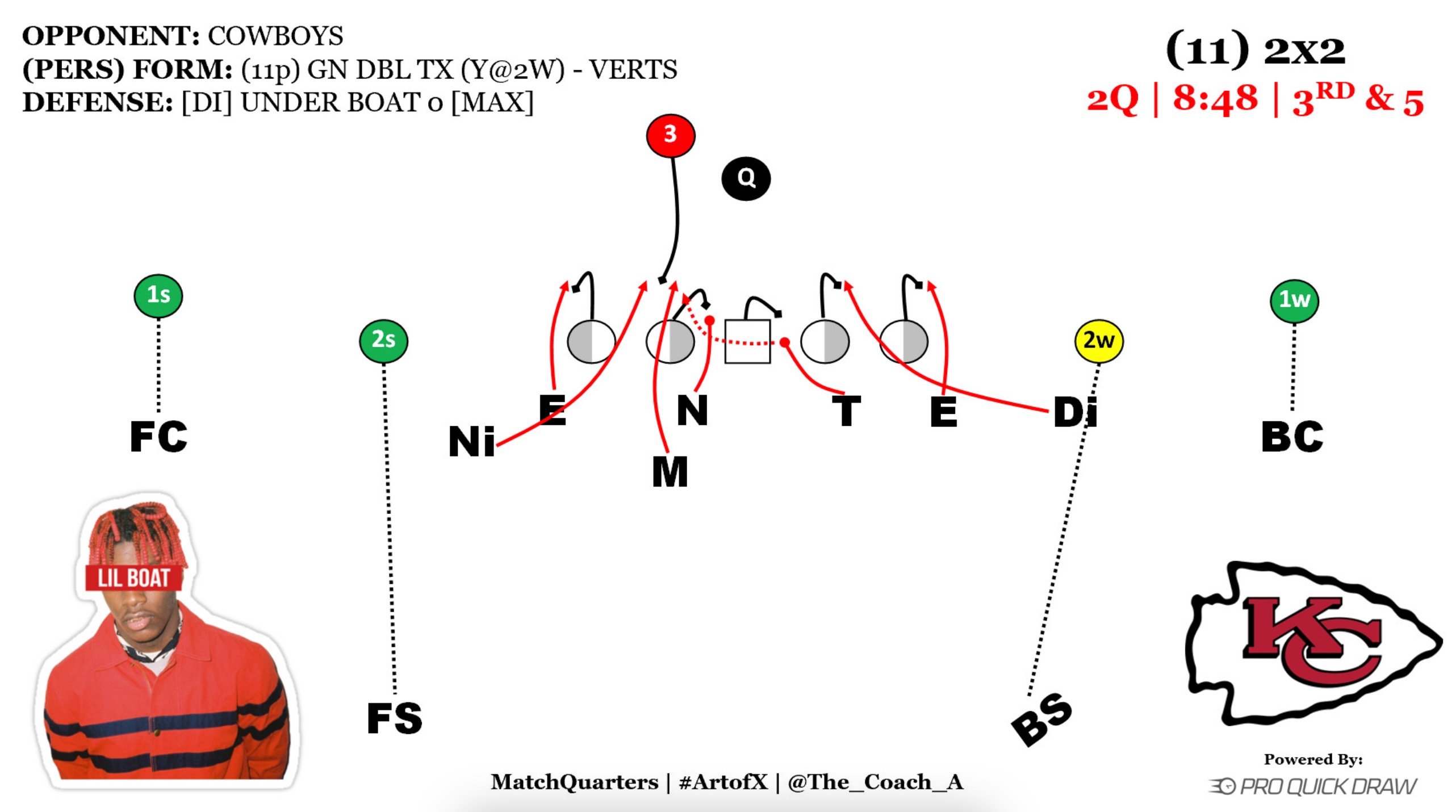
2. CREATES A MENTAL MAP FOR ATHLETES
The whole point of a hyper-visual is to draw your audience in and then tell them a "story" with visuals. A visual can map out how a complex system, like a football team, can work together to create a concept. Football is a game built on reactions, and the more efficient your athletes' mental models are, the better they will react in any given situation. Allowing your athletes to work through the scheme at their own pace can also solidify their knowledge as they create connections from the image.
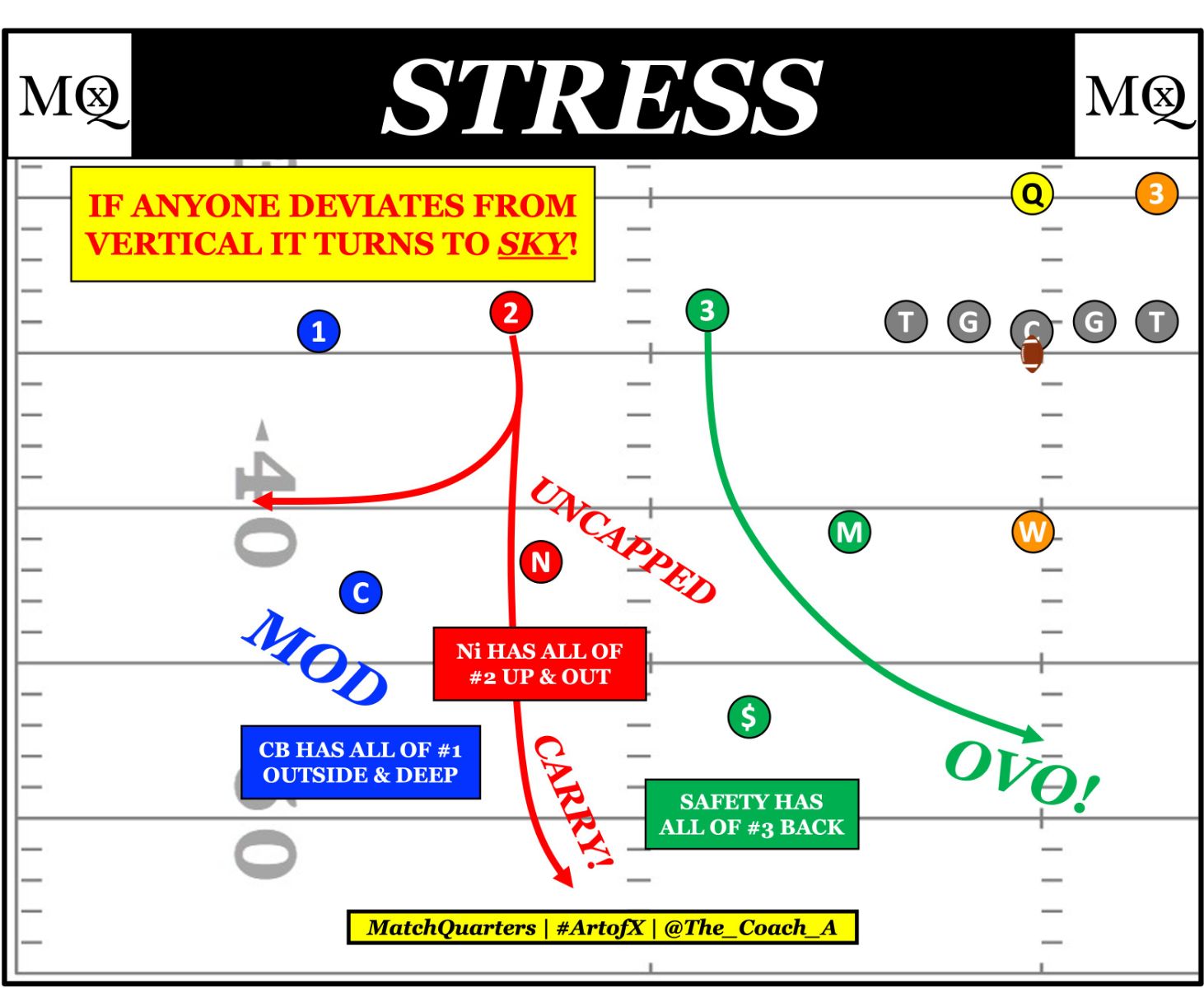
3. AIDS IN UNDERSTANDING COMPLEX IDEAS
The visuals place much information onto one image, allowing the learner to examine each part independently. Using colors, pictures, and words pulls the learner in and makes the experience more interactive. The learner can float from one visual to another at their own pace. Putting a whole concept into a hyper visual can illustrate how all eleven players connect individually to form the complex idea. Giving these visuals to athletes for them to look at on their own creates a more profound understanding and buy-in.
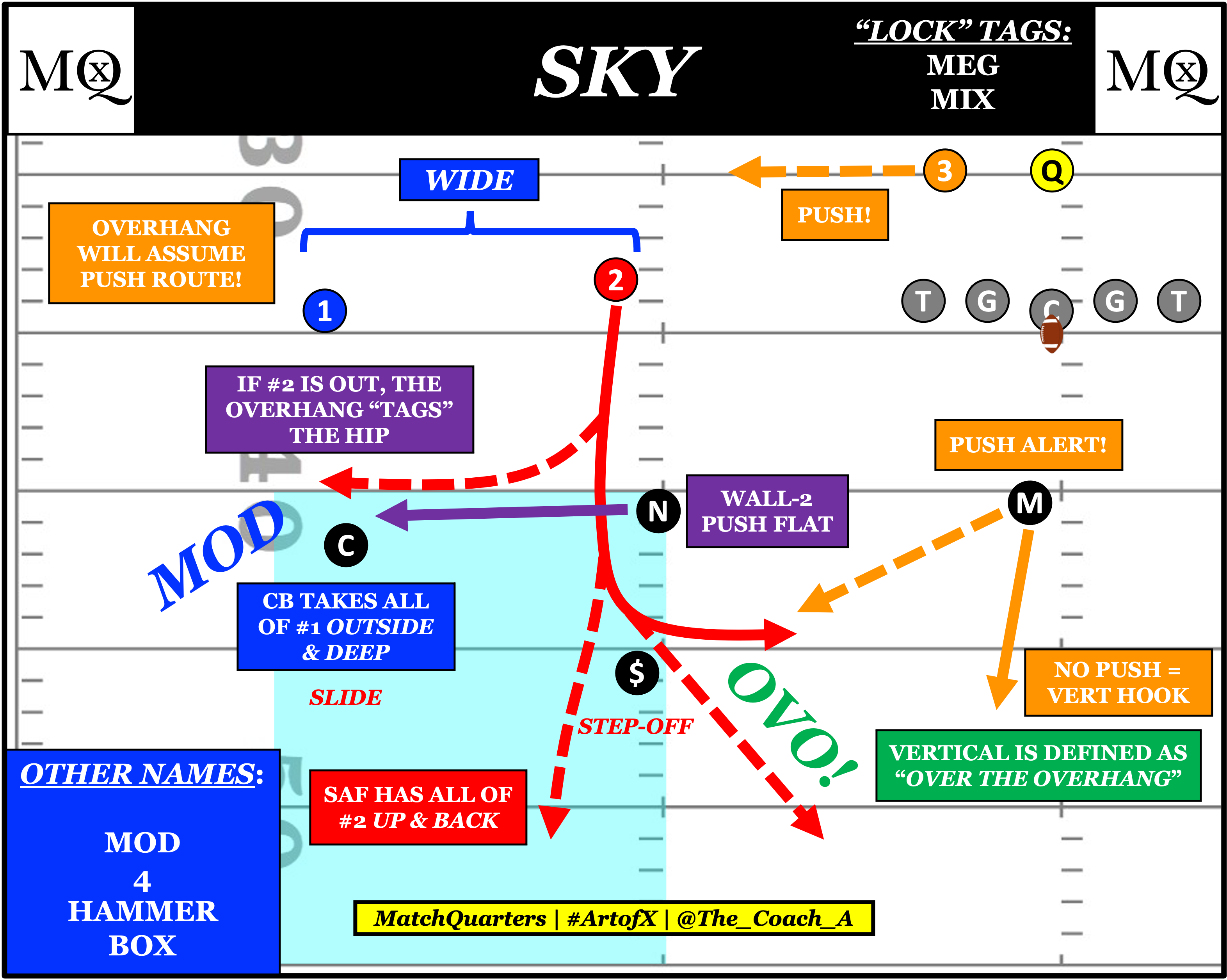
4. MAKES CONNECTIONS MORE TRANSPARENT
By creating a "big picture" hyper-visual, you can show your athletes how each individual is connected to the players around them. Different aspects of the complex concept are highlighted. As your athletes draw further back, they can see how the separate moving piece fit together, like the cogs on a wheel. Athletes can connect different aspects of a concept more intuitively and visually rather than simply relying on verbal explanations or scribbles on a whiteboard. Learners can better comprehend the idea by breaking down complex schemes into more straightforward steps.
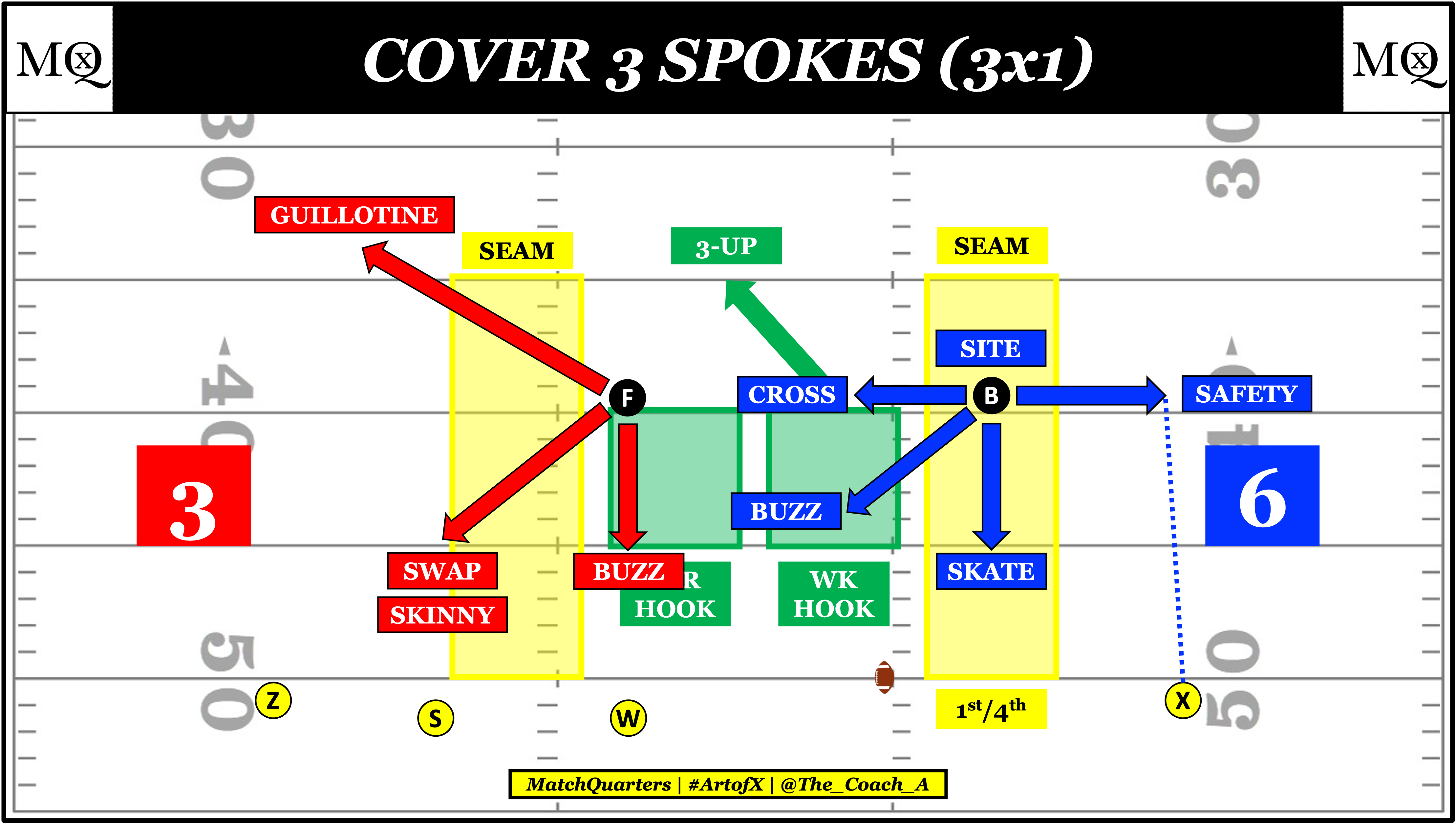
5. DELIVERS MASS INFORMATION IN ONE SETTING
As more coaches are getting time taken away from their players, the importance of time management and efficiency increases. How can a coach distill an entire installation in 20-30 minutes and ensure the athletes absorb the most important ideas? Hyper-visuals. I believe in "visual cues" or words associated with pictures. A hyper-visual doubles down on this concept by giving the learner words and visuals to work through. It is the saying, "A picture is worth a thousand words," but set in a sports context.
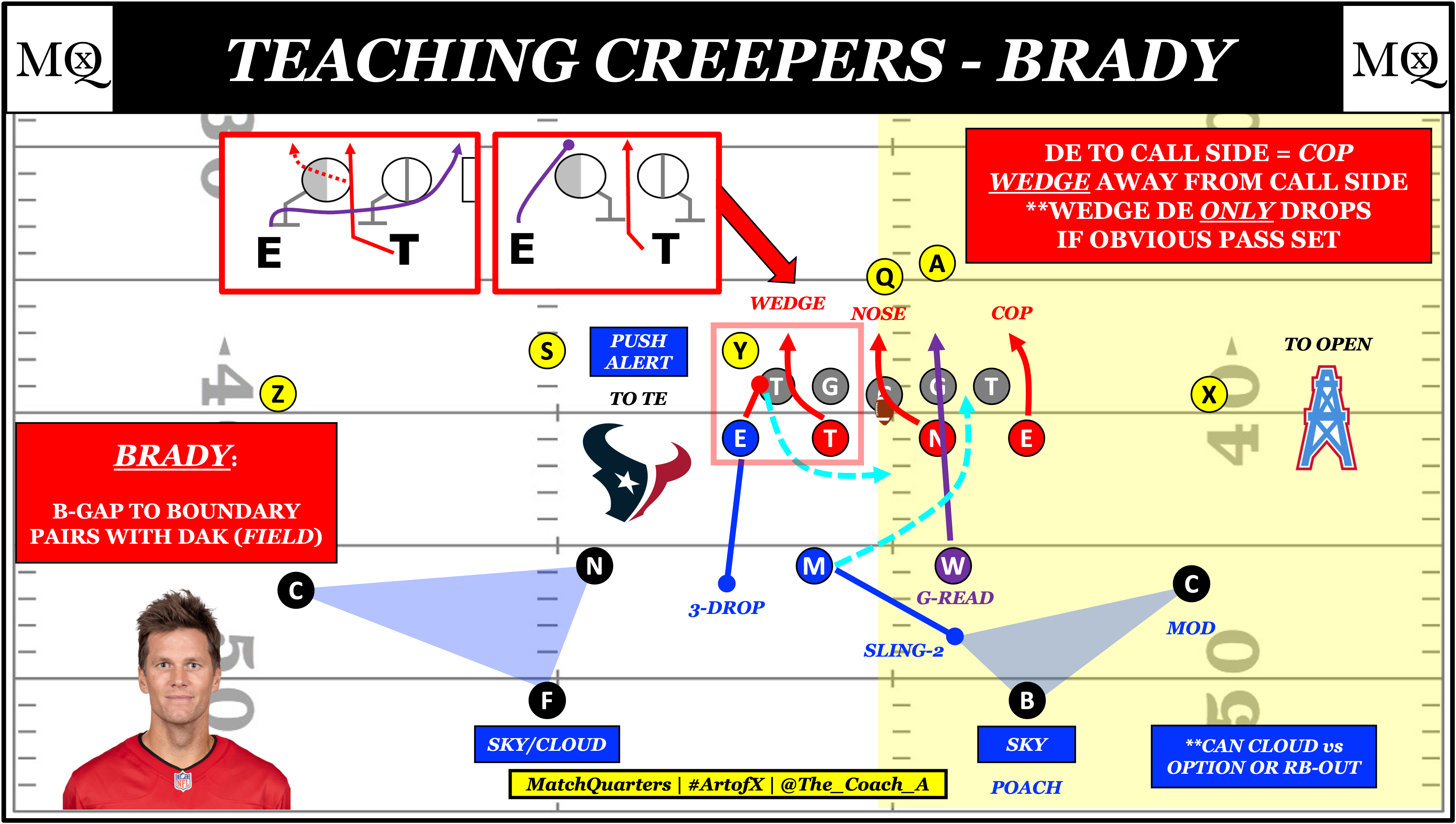
Hyper-visuals are an easy and efficient way to clarify large amounts of information. The visuals create mental models, maps, and cues for your athletes that accelerate their learning and help with retention. Using images engages the learner quickly and holds their attention while they work through concepts. Meet your athletes on their turf and convert your complex schemes into hyper visuals with customizable Pro Quick Draws templates.
Follow Cody Alexander on Social:
